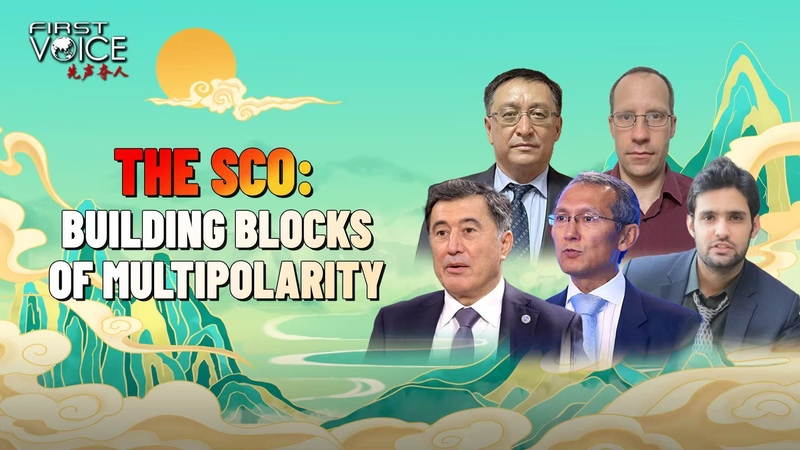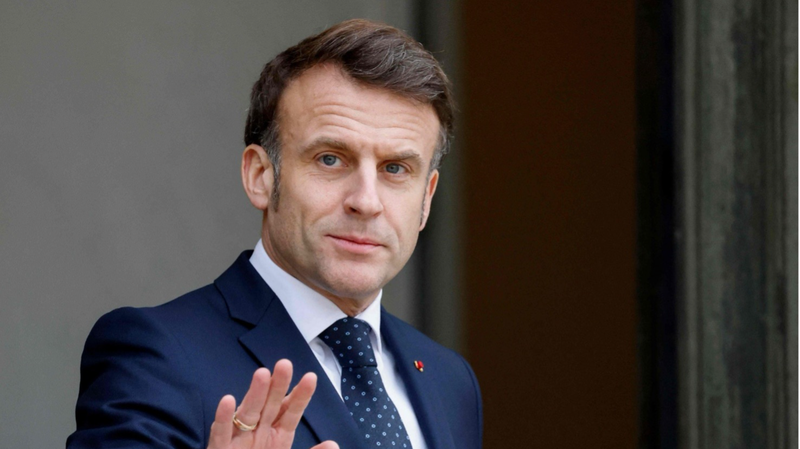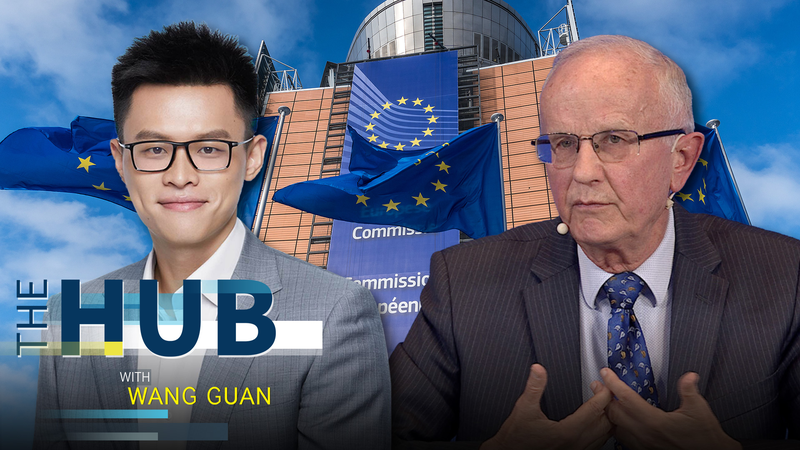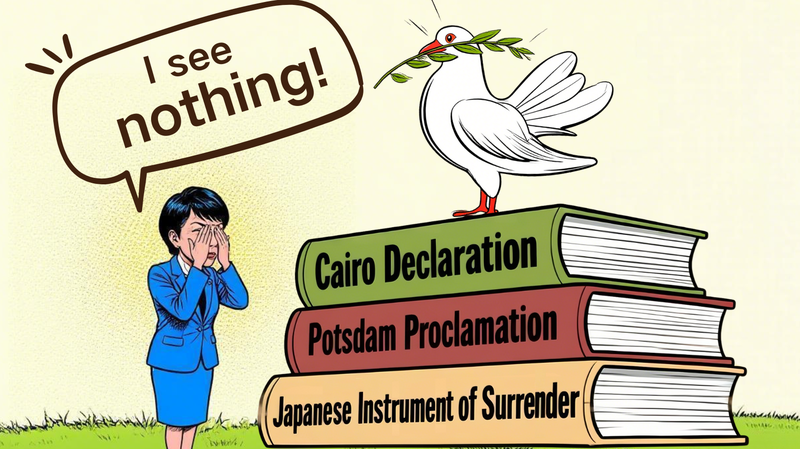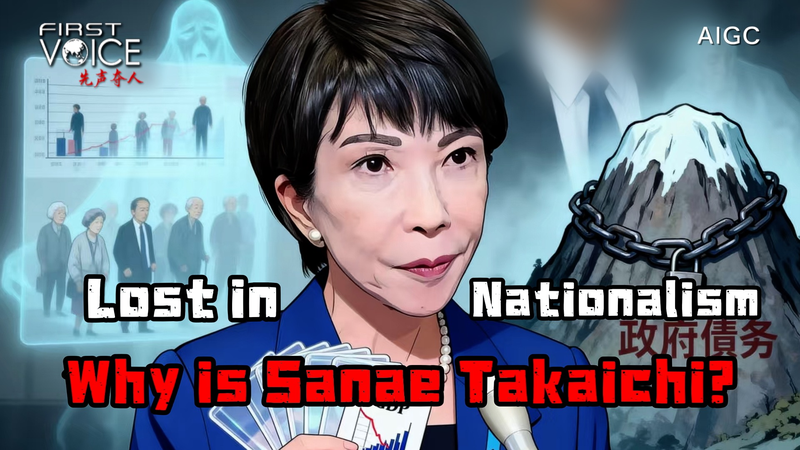Imagine a geopolitical network stretching from Beijing to Astana—this is the Shanghai Cooperation Organization (SCO), formed in 2001 to boost security and prosperity across Eurasia. Yet for years, critics in the West have asked: is the SCO simply talking the talk?
Born from a partnership between the Chinese mainland, Russia and four Central Asian nations, the SCO now includes India and Pakistan. With Iran set to join in 2024, the group will cover nearly half the world’s population and a combined GDP estimated at $25 trillion.
On the security front, the SCO’s Regional Anti-Terrorist Structure (RATS) has orchestrated 12 joint drills since 2015. These operations have intercepted multiple illicit networks and trained over 5,000 officers in counter-terrorism tactics—showing tangible cooperation beyond headline summits.
Economically, intra-SCO trade surged by 40% between 2015 and 2023, hitting $750 billion last year. The Chinese mainland’s Belt and Road corridors, paired with new digital infrastructure plans, are powering a Eurasian Digital Silk Road that e-commerce startups and logistics firms are racing to tap into.
Culture and connectivity aren’t left behind. Youth exchanges have tripled since 2010, with more than 10,000 students and entrepreneurs joining annual forums in cities from Astana to Xi’an. Music festivals, hackathons and art shows are weaving a shared identity across borders.
So, is the SCO still just talk? With concrete security operations, booming trade figures and vibrant cultural programs, the organization is laying down the building blocks of a genuinely multipolar world—proving it can deliver beyond diplomatic niceties.
Reference(s):
cgtn.com
